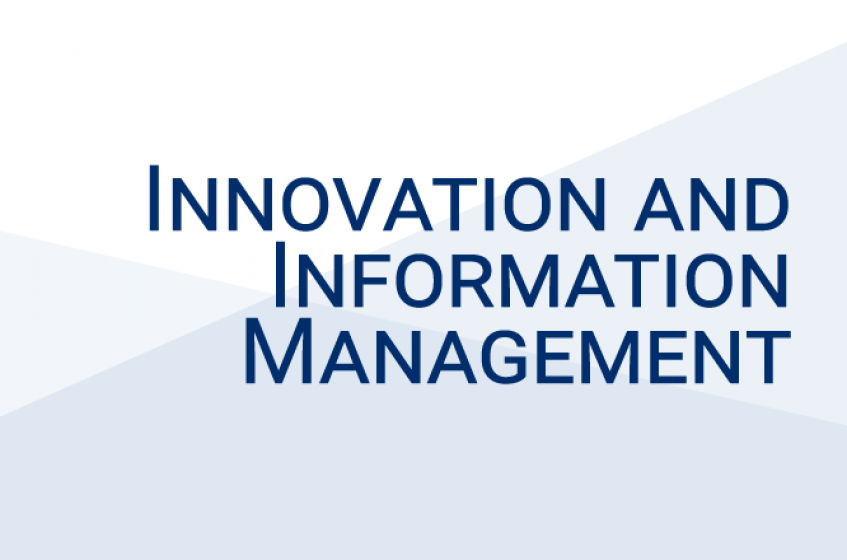Incentive Design and Pricing under Limited Inventory
Prof. Jussi Keppo
Professor
Department of Analytics & Operations
National University of Singapore
A firm faces random demand for a service it delivers on a given future date. To boost the demand, the firm hires a sales agent who exerts unobservable effort continuously over time. The firm is concerned not only about boosting current demand, but also about smoothing the demand over time to avoid the loss of goodwill when the realized demand exceeds its limited inventory. We model the firm’s incentive design problem using a continuous-time principal-agent framework in which demand drifts over time in response to unobserved agent effort and the price the firm charges. To induce the agent’s sales effort, the firm chooses an incentive scheme that depends on the remaining inventory and the time to the service (e.g., time to departure in the case of airlines). We characterize the firm’s optimal incentive scheme under both static and dynamic pricing policies. Using parameters calibrated from the airline industry, we numerically show that under dynamic pricing, a static incentive scheme provides nearly all of the benefit of the corresponding dynamic incentive scheme. By contrast, using a fully static strategy causes a substantial efficiency loss. We also compare two partially dynamic strategies under which the firm practices either dynamic pricing or dynamic contracting, but not both. Among other findings, we show that all else being equal, under a high inventory level, the dynamic-contracting-only strategy tends to outperform the dynamic-pricing-only strategy; under a tight inventory level, however, the dynamic-pricing-only strategy tends to perform better.











